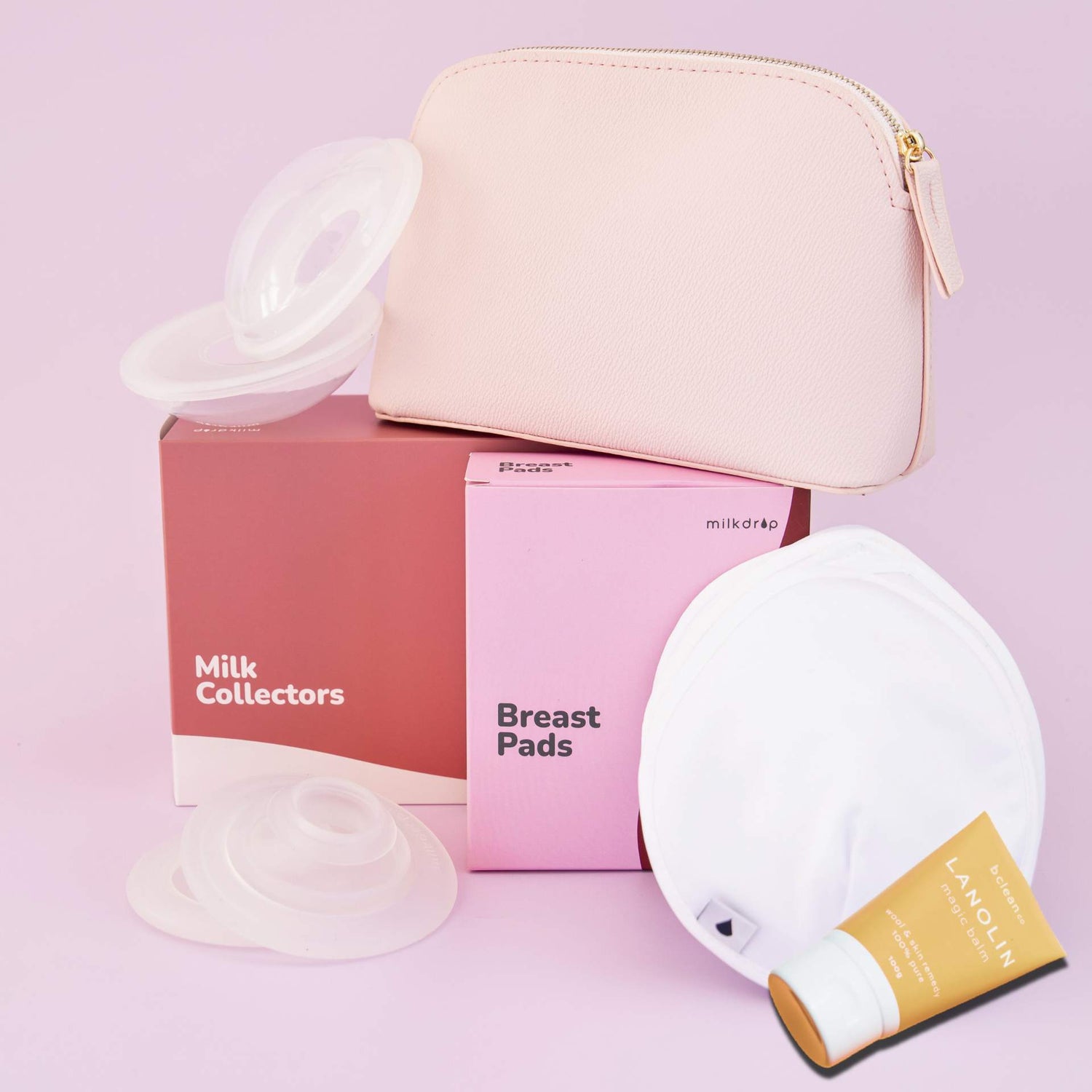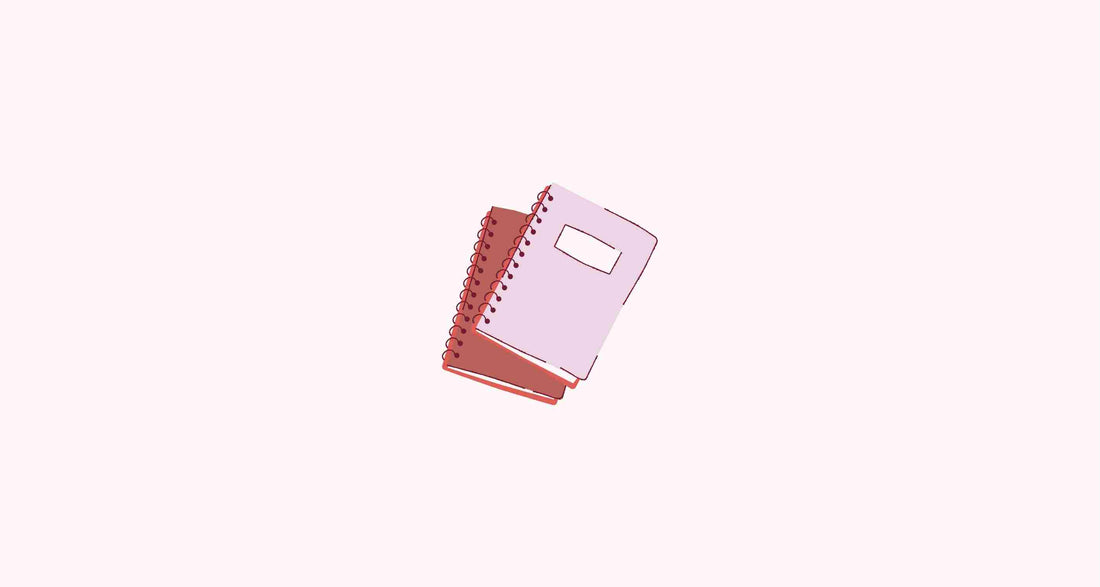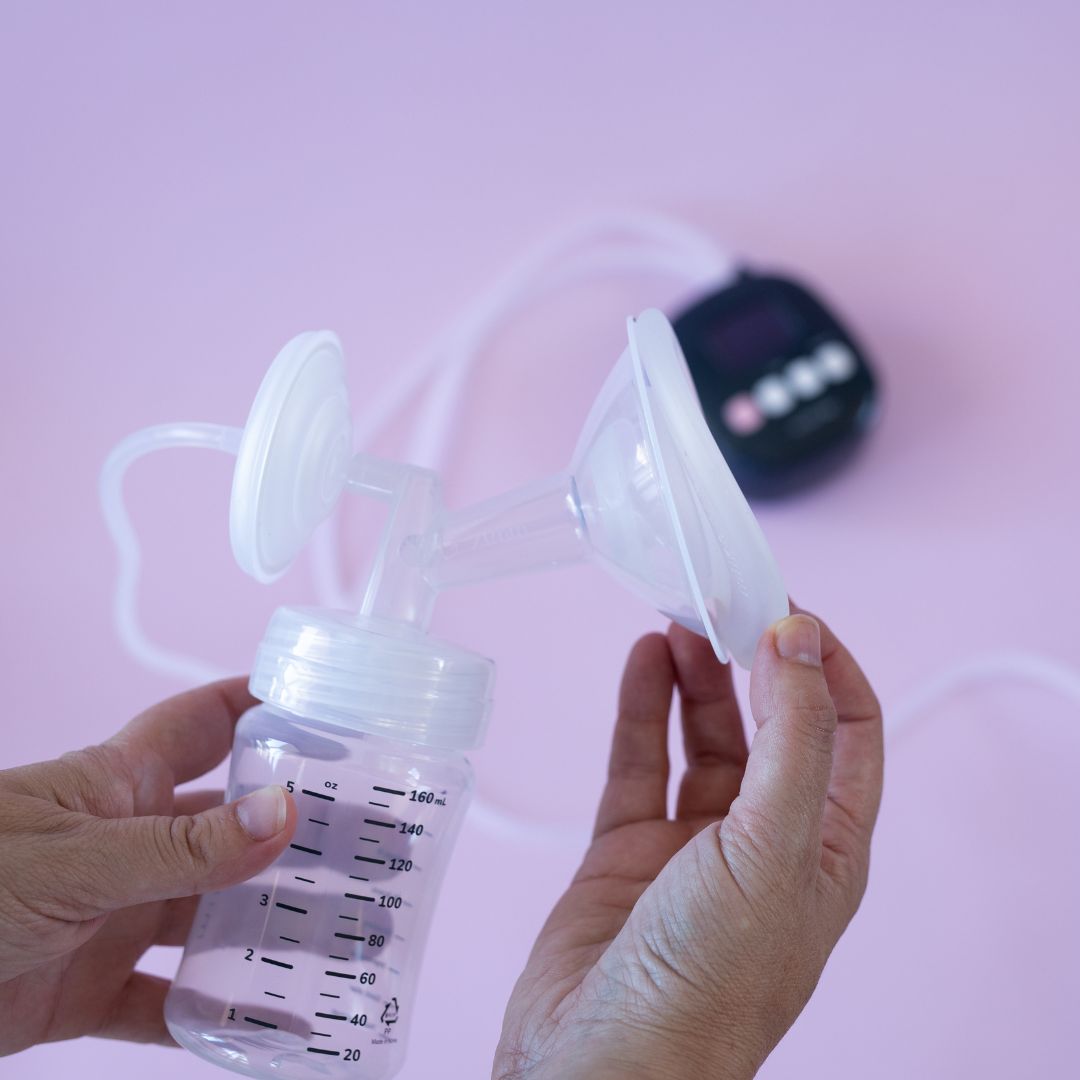I’m pretty sure that I’m closing in on making all the mistakes that anyone could make when starting a product based business! But I’ve tried to take each of these failures and turn them into lessons we can apply at Milkdrop, which perhaps might help you too.
Here’s a list of when we’ve failed, and what we’ve learned along the way:
- It’ll take way longer than you think it will. I had expected to take about 5-6 iterations before we got a cushion that worked, but it took 20. By Iteration 11, the cushion was soft but I wasn’t able to express any milk from it because it was dulling the sensation of the pump. I was ready to rip the cushion off, throw it at the wall and give up entirely, but I noticed a Stanley knife we’d been using it for cutting open 3D printed molds, and thought I might have one last try to cut out some of the bulk of the cushion. I started hacking, tried it out and wouldn’t-you-know, I started getting milk expressed using the cut up cushion on my pump.
- You’ll need more money than you think you will. We’d finally pushed our cushion prototype to a point where it was good enough quality to start using with real people (other than myself). We knew we needed to make the cushion in a medical grade facility to make sure it was safe for mothers and babies. But, medical silicone injection moulding is expensive. We needed about $30,000 just for tooling. We entered a university pitch competition, and won $20,000. We were able to get past that hurdle, but the lesson is to get a really clear picture of what your idea will cost you to actually make.
- You’ll hear a lot of nos. When we were raising our first round of funding for Milkdrop, we needed investment to market our cushion in Australia and the USA, and develop our full pump. I needed about A$800k, and I pitched to 60 investors, and about 30 said no. Each time I received a no, it felt like a failure. I was pregnant at the time and very sick, vomiting between zoom pitches. Although it was 2022, and I’m sure my potential investors would have understood and not penalised me for it consciously, I wasn’t comfortable sharing my personal circumstances with strangers (I’d had a traumatic stillbirth the year before and wasn’t sure I’d hold it together if I explained myself). This is not the energy I wanted to bring to the pitches, and I thought it would be a bit unfair to expect them to know what to do with that for a person they’d not met before either! I had a good plan for what I’d do if I had a baby in the middle of growing a business, but in the back of my mind I knew that only 15% of funding in Australia goes to companies with women in the founding team. The learning is, prepare to hear “no” a lot even when you’re really targeted in who you approach for funding.
- Sometimes, government grants are not worth the effort. Initially, I’d been pretty successful at pitching for and receiving investment from government funds. We’d be granted some early smallish funds, but when it came to applying for more funding, I’d got through to the final rounds for a couple, put in a bucket load of work, but missed out at the last stage. In one case, I’d worked through seven days of holidays with my family to get the application in. I will never trade my family time for a situation like that ever again. Even if we’d been awarded the funding, I don’t think it would have been worth it.
- Free returns are worth the cost. One thing we do, which does surprise a few people, is encourage people to share if our product “failed” for them. We have a 30-day trial for our customers, and if our cushions don’t suit them, for any reason, we give free and friendly returns and refunds. This obviously costs our bottom line, but it means that we:
- offer the best quality experience we can for our customers. Pumping is fiddly and takes trial and error to get right for your body, especially when you might still be reeling from having just had a baby. Having to pay for something that doesn’t suit you feels like an added insult! While it costs us money, we’ve had some of our best referrals and reviews from people who have really appreciated this approach.
- stay close to our customer in order to improve our design. We keep a log of issues that people have, and we do actually create new designs to suit them. The human body is diverse, and while we have a product that suits about 90% of people, we’re always looking for ways to make this better. We also keep in mind that this is a pretty great result for a medical device where 15-20% of people have nipple INJURY from using breast pumps.
- Cheaper is not better (duh). This was one of those unnecessary failures that we really should have known as full-grown adults. We went with a cheap manufacturer for some of our original packaging. It was cheap, but the quality was so bad that we had to throw out 20% of the product. It was a double whammy, we felt crap that the quality was bad and we’d paid for it, and doubly crap that we’d just contributed a whole load of waste to the environment that was not needed.
This list could be a whole lot longer, but these are a few of the failures that have taught me the most in the 3 years we have been building Milkdrop. I hope they help you too. I’m sure there will be many to come, but hopefully also lots to learn from them.
What’s been your most significant failure and what did you learn from it? Let me know at hello@milkdroppumps.com


